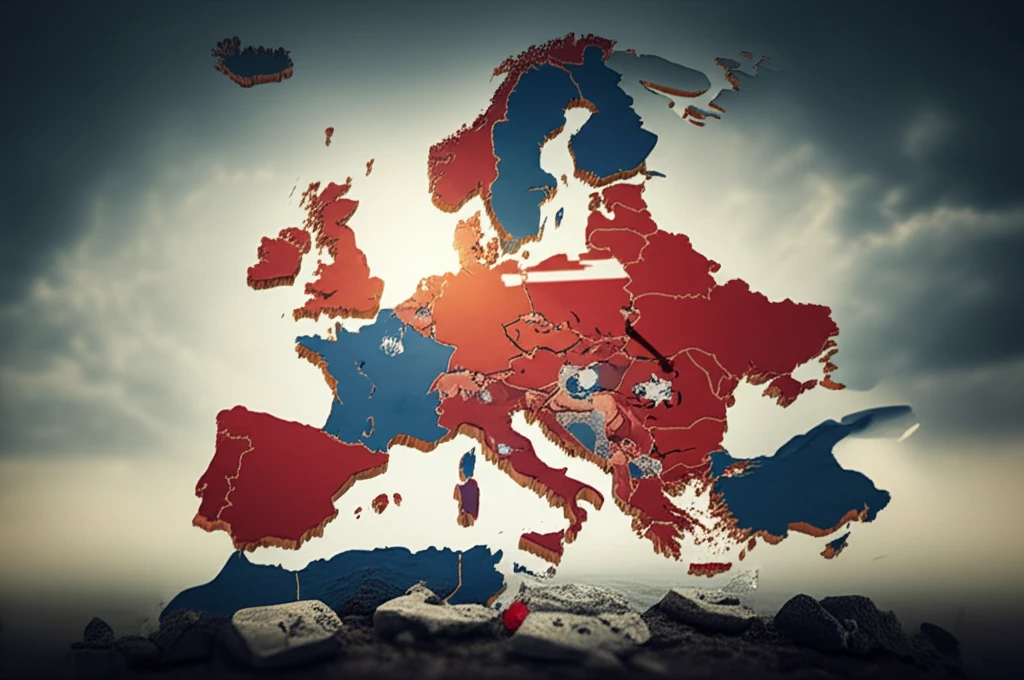
Is the Dream of a Borderless Europe Fading? The Future of Schengen
"Explore the challenges to the Schengen Agreement and what they mean for freedom of movement in Europe."
For many Europeans, the Schengen Agreement embodies the freedom to travel, work, and live without the constant hassle of border checks. This has fostered closer ties, boosted tourism, and made international business easier. But this symbol of European unity is under threat. What was once seen as an unshakable agreement is now facing persistent challenges that could fundamentally alter the way Europeans move across borders.
Over the past several years, events like the rise in terrorist activities and significant migration flows have led some member states to reinstate border controls. These actions, while presented as necessary for security, strike at the heart of the Schengen ideal. The question now is whether these measures are temporary fixes or signs of a more permanent shift towards a less open Europe.
This article examines the pressures on the Schengen Agreement, exploring the political, security, and social factors that are reshaping Europe's internal borders. Understanding these dynamics is crucial for anyone who values the principles of free movement and European integration.
The Cracks in the Foundation

The Schengen Agreement, established to create a borderless zone within Europe, has faced increasing strain in recent years. While the agreement allows for temporary border controls in exceptional circumstances, several member states have extended these controls for prolonged periods, citing security concerns and migration pressures. This has led to debates about the long-term viability of the agreement and its core principles.
- Economic Impact: Border controls can disrupt trade and tourism, leading to economic losses for businesses and individuals.
- Social Impact: The reintroduction of borders can undermine the sense of European identity and create barriers between communities.
- Political Impact: Disagreements over border controls have strained relations between member states, highlighting divisions within the European Union.
Finding a Path Forward
The future of the Schengen Agreement remains uncertain, but it's clear that Europe needs to find a way to address the challenges it faces while preserving the core principles of free movement. This will require a combination of stronger external border controls, improved intelligence sharing, and a renewed commitment to solidarity among member states. Only then can Europe ensure that the dream of a borderless continent does not fade away.
